What kind of light bulbs do you have around your house?
B H
9 years ago
Related Stories
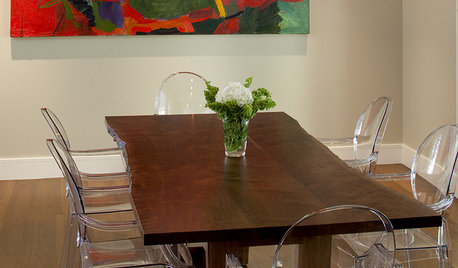
LIGHTINGAntique Chic: Edison Bulbs
Industrial-Style Filament Bulbs Reinvent Lighting (Again)
Full Story
GARDENING GUIDES6 Unsung Bulbs for Fall Planting
Don't hang up your spade after summer — plant these unusual bulbs in fall for a spectacular spring show
Full Story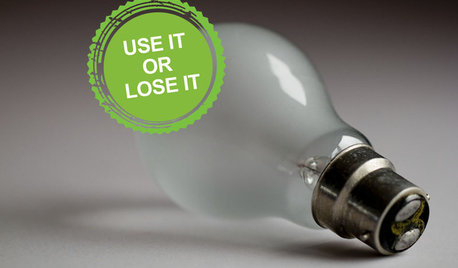
DECORATING GUIDESLose It: How to Get Rid of Old Light Bulbs
When the light goes out, you'll want to get rid of the bulb safely. Here's how
Full Story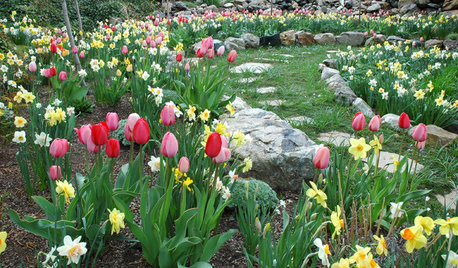
GARDENING GUIDESGardening With Kids: How to Plant Bulbs
You don't need expertise to get flowering bulbs in the ground in fall — but kids will feel like gardening pros come spring
Full Story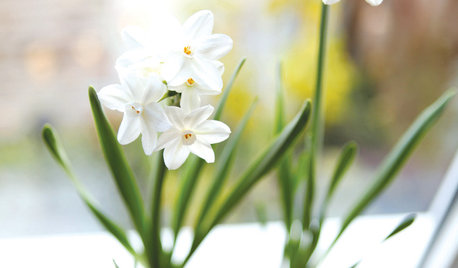
DIY PROJECTSHoliday DIY: Mason Jar Forced Bulbs and Evergreen Gift Tags
Learn how to make these winter projects from the book ‘Garden Made’ by Stephanie Rose
Full Story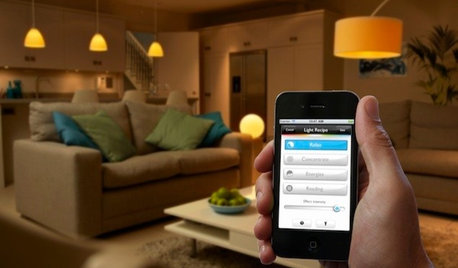
HOME TECHHere's a Bright Idea: Smart Bulbs for Better Lighting
Lightbulbs that can change brightness and color with a cell phone command show flashes of design brilliance
Full Story
FARM YOUR YARDHouzz Call: Show Us Your One-of-a-Kind Chicken Coops
Do you have a fun or stylish backyard shelter for your feathered friends? Post your pictures and stories in the Comments!
Full Story
LIFEThe Polite House: How Can I Kindly Get Party Guests to Use Coasters?
Here’s how to handle the age-old entertaining conundrum to protect your furniture — and friendships
Full Story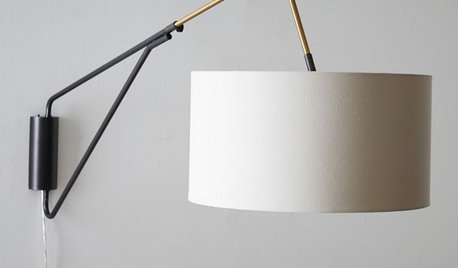
PRODUCT PICKSGuest Picks: Contemporary Lighting for All Kinds of Needs
Task lamps, floor lamps, pendants ... Whether you’re reading in bed or want a glow overhead, there’s a light here for you
Full Story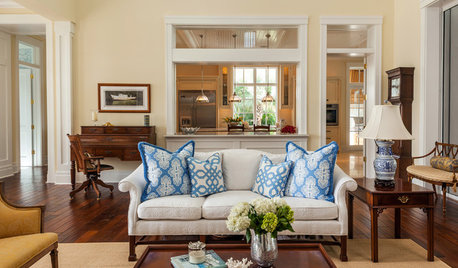
COLORThe Best White and Pastel Colors for Every Kind of Natural Light
Understand how sunlight affects your rooms and get tips on choosing paint colors for each type of exposure
Full Story





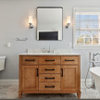
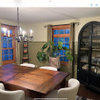


TxMarti
louislinus
Related Professionals
Little Egg Harbor Twp Interior Designers & Decorators · Middle Island Interior Designers & Decorators · Suisun City Interior Designers & Decorators · Framingham Furniture & Accessories · Memphis Furniture & Accessories · North Myrtle Beach Furniture & Accessories · Oshkosh Furniture & Accessories · Reno Furniture & Accessories · Shakopee Furniture & Accessories · Detroit Furniture & Accessories · Fillmore Furniture & Accessories · Hoffman Estates Furniture & Accessories · New Bedford Custom Artists · Del City Window Treatments · Ferndale Window TreatmentsFun2BHere
cawaps
eibren
fouramblues
tibbrix
B HOriginal Author
cyn427 (z. 7, N. VA)
Holly- Kay
3katz4me
allison0704
mdln
Holly- Kay
karin_mt
allison0704
TxMarti
oldfixer
lascatx
B HOriginal Author
franksmom_2010
User
karin_mt
Lyban zone 4
karin_mt
mdln
karin_mt
Lyban zone 4
konzelmann
mdln
robo (z6a)
mushcreek
cyn427 (z. 7, N. VA)
msrose
karin_mt
msrose
karin_mt